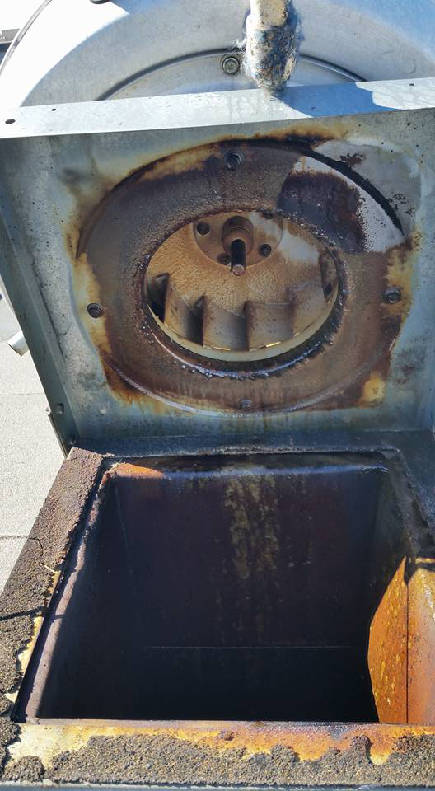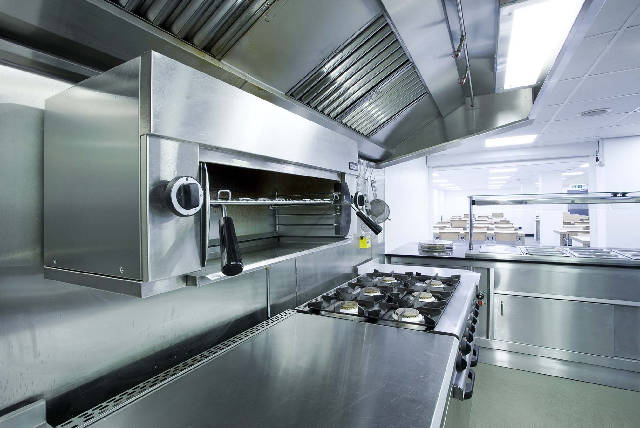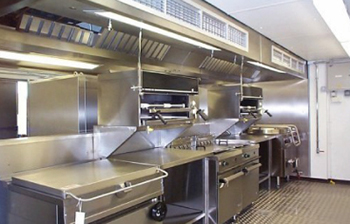Turning the Tables: How Proper Hood Cleaning Unlocked Efficiency Gains in a San Jose Kitchen – A Case Study
Introduction
Welcome to an in-depth case study that illustrates the transformative potential of proper hood cleaning in a San Jose kitchen. Here, we delve into details that reveal how effective cleaning practices led to substantial gains in kitchen efficiency and productivity – with cleanliness playing an essential part in achieving optimal performance for commercial kitchens. By closely following this case study, you’ll gain an appreciation of its significance in achieving optimal performance for any commercial kitchen.
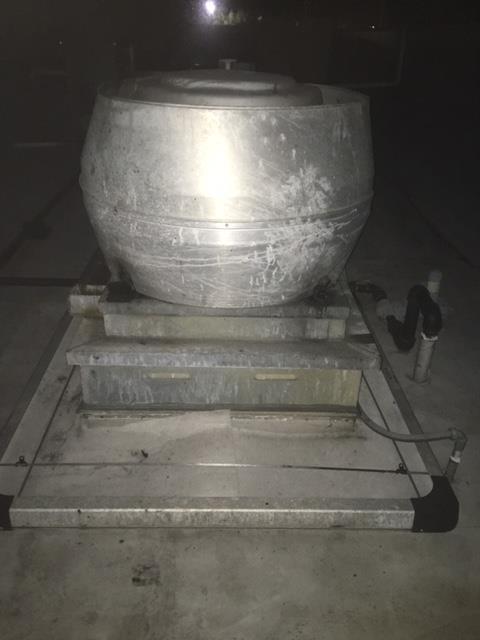
Hood Cleaning
Hoods play an integral role in maintaining a clean and safe kitchen environment, acting as an air filter to extract airborne particles, grease, and odors that would otherwise linger in the room. Routine hood cleaning can prevent buildups of debris that pose potential fire hazards and hamper functional efficiency in commercial kitchens.
Challenges Faced
It is essential to recognize that every establishment presents different difficulties; in our example here, San Jose kitchen had unique issues they faced:
Reduced Airflow: Grease accumulation within the hood and exhaust system led to reduced airflow, hindering proper ventilation and creating an uncomfortable working environment.
Increased Fire Risk: Greasy accumulation on the hood and its components significantly raised the risk of fire, jeopardizing both staff safety as well as that of the establishment itself.
Inefficiency and Energy Waste: Due to compromised functionality of the hood, smoke, heat and cooking odors were removed ineffectively; thus leading to higher energy consumption and increased costs.
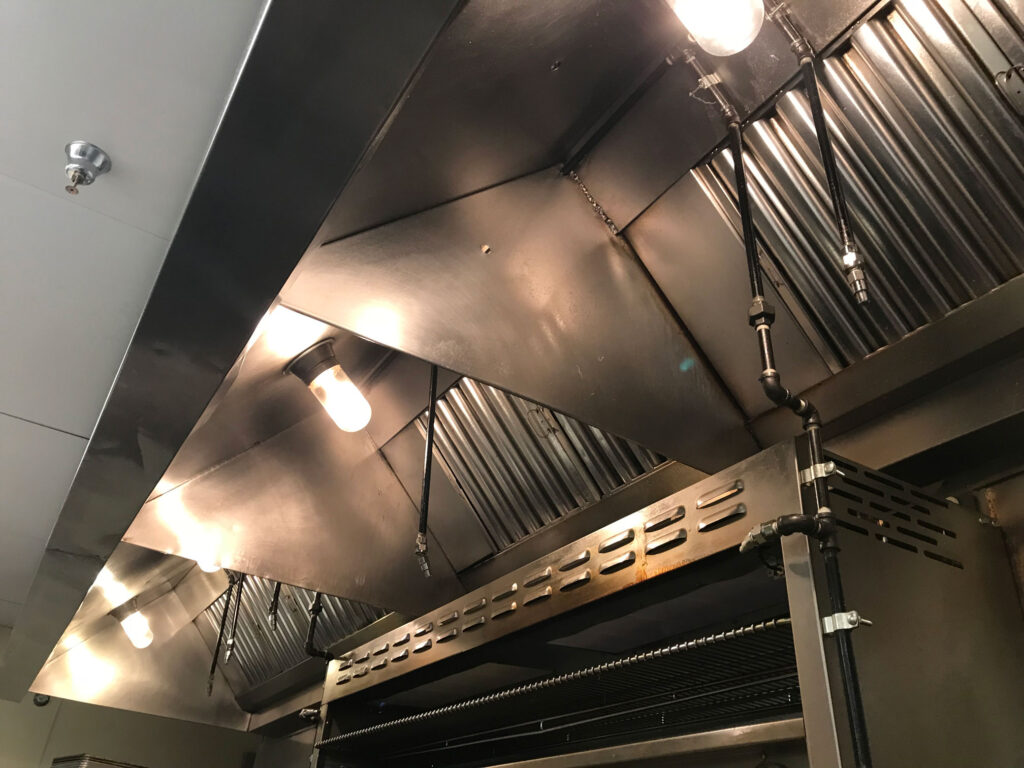
Solution: Professional Hood Cleaning Services
In response to these challenges, the kitchen management team turned to professional hood cleaning services. By working with industry-leading specialists in this area, they were able to develop an effective cleaning regimen which revolutionized their kitchen operations.
1. Thorough Inspection and Assessment
To begin the cleaning process, professional hood cleaners first conducted an in-depth evaluation of the kitchen hood and exhaust system. This included identifying areas of concern, assessing grease accumulation levels and overall condition assessments of equipment.
2. Customized Cleaning Plan
Based on the inspection results, a tailored cleaning plan was created to address the unique requirements of this kitchen. This included a breakdown of the cleaning process as well as frequency of sessions and an itinerary of maintenance activities.
3. Deep Cleaning and Degreasing
Once their plan was in place, professional cleaners executed an intensive deep clean on the hood and exhaust system using special tools. With their efforts they successfully removed layers of built-up grease ensuring every corner was completely degreased.
4. Regular Maintenance and Follow-Up
Understanding the significance of regular maintenance checks, the hood cleaning experts established a routine schedule of follow-up cleanings and checks in order to maintain both cleanliness and functionality within the kitchen, creating long-term efficiency gains.
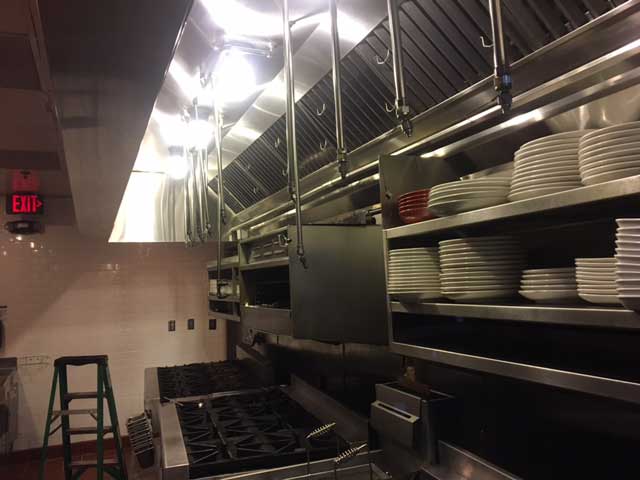
After employing professional hood cleaning services and adhering to its recommended maintenance plan, the San Jose kitchen saw remarkable efficiency gains. Here are the outcomes of their endeavor:
Improved Airflow and Ventilation: After eliminating grease buildup from their exhaust systems, both hood and exhaust systems were restored to optimal functionality, leading to improved airflow and enhanced ventilation in the kitchen environment. Staff found their work more comfortable, which fostered a positive and productive work atmosphere.
Improved Fire Safety: Removing flammable grease reduced the risk of fire outbreaks in the kitchen, providing essential peace of mind to management and staff who were now free from worrying about potential fire hazards while performing their daily duties without worrying about fire risks.
Increased Energy Efficiency: With an effective hood and exhaust system running at peak performance, kitchen energy consumption dropped drastically. Elimination of smoke, heat, and odors led to lower utility bills and greater cost savings overall for your establishment.
Conclusion
In conclusion, this case study of the San Jose kitchen illustrates the transformative power of professional hood cleaning on efficiency and productivity in commercial kitchen settings. By acknowledging their challenges and employing professional cleaning services as part of an established maintenance plan, they were able to overcome them and see dramatic increases in performance. These lessons demonstrate why prioritizing cleanliness and maintenance should always come first in any commercial kitchen environment.

